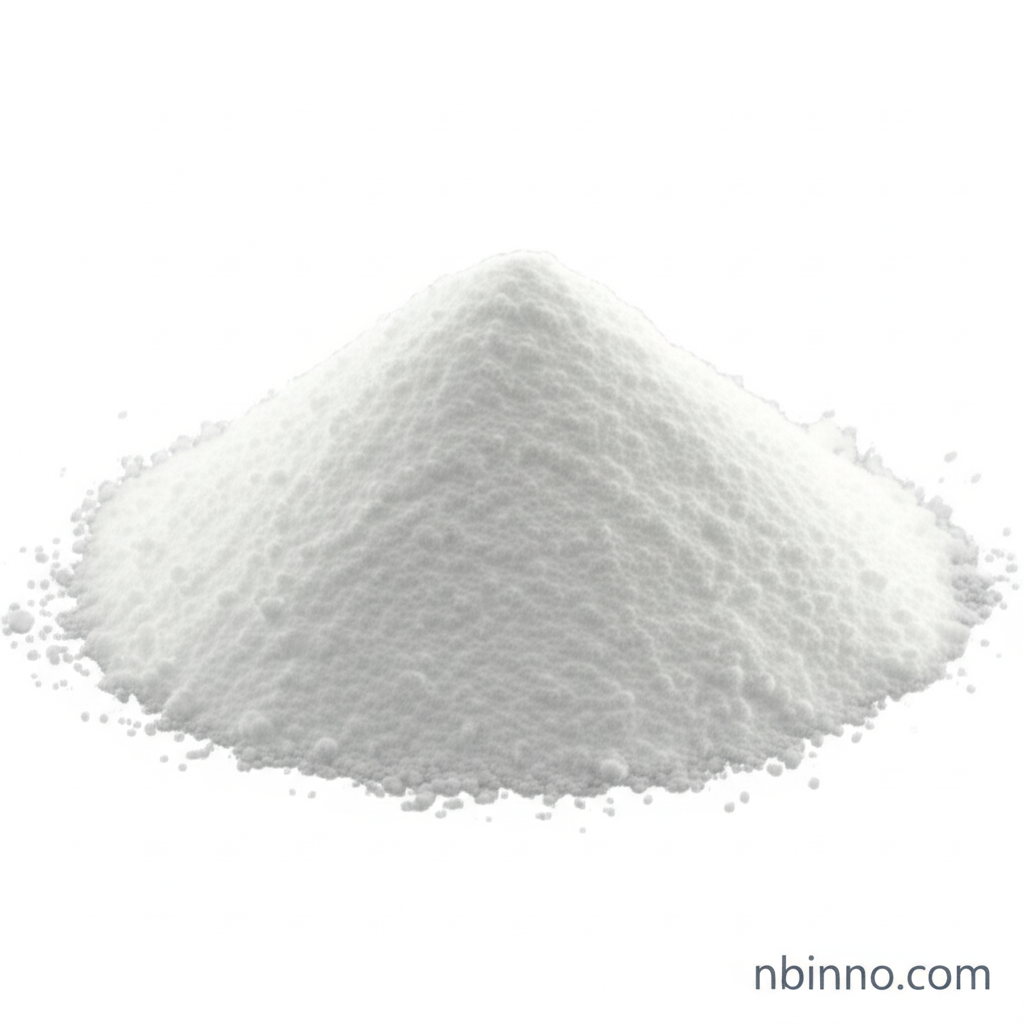High Purity (4-Carboxybutyl)triphenylphosphonium Bromide: Your Key Pharmaceutical Intermediate Supplier
Discover the essential properties and applications of (4-Carboxybutyl)triphenylphosphonium Bromide (CAS: 17814-85-6). As a leading manufacturer and supplier in China, we provide high-purity material critical for advanced organic synthesis and pharmaceutical development. Secure your supply chain with a reliable partner.
Get a Quote & SampleUnlock Advanced Synthesis with a Premier Phosphonium Salt

(4-Carboxybutyl)triphenylphosphonium Bromide
We are a trusted manufacturer and supplier of (4-Carboxybutyl)triphenylphosphonium Bromide in China, offering exceptional purity (>98% HPLC). This critical pharmaceutical intermediate is vital for complex organic synthesis, including the creation of prostaglandin analogs and the development of innovative drug delivery systems. Partner with us for consistent quality and timely delivery.
- High Purity (>98% HPLC) for Reliable Synthesis: Ensure your reactions proceed with confidence using our meticulously produced material.
- Key Pharmaceutical Intermediate: Essential for the synthesis of prostaglandin drugs and other high-value APIs.
- Versatile Wittig Reagent: A powerful tool for C-C bond formation, enabling complex molecule construction.
- Supports Drug Delivery Innovations: Explored for use in mitochondrial targeting and enhanced cellular uptake in therapeutic applications.
Advantages of Sourcing from a Leading Manufacturer
Exceptional Product Quality
Our commitment to quality ensures that every batch of (4-Carboxybutyl)triphenylphosphonium Bromide meets stringent purity standards, verified by HPLC. As a dedicated supplier, we guarantee consistency for your R&D and production needs.
Reliable Supply Chain
Leverage our robust manufacturing capabilities and extensive experience as a chemical supplier. We ensure a stable supply of this crucial pharmaceutical intermediate, allowing you to secure your procurement strategy.
Cost-Effective Sourcing
Obtain competitive pricing and exceptional value when you buy (4-Carboxybutyl)triphenylphosphonium Bromide directly from our facility. We offer efficient solutions for both small-scale R&D and large-scale commercial orders.
Key Applications for Synthesis and Research
Organic Synthesis Reagent
This phosphonium salt is a vital reactant in various organic synthesis pathways, particularly for creating carbon-carbon bonds via reactions like the Wittig reaction. Its unique structure makes it indispensable for many complex chemical transformations.
Pharmaceutical Intermediates
It serves as a critical intermediate in the synthesis of numerous pharmaceutical compounds, including prostaglandin analogs and antimycobacterial agents. Its role in the synthesis of drugs like Bimatoprost is well-documented.
Drug Delivery Systems
Research indicates potential applications in advanced drug delivery systems, where its properties may facilitate targeted delivery of therapeutic agents, such as pro-apoptotic peptides, into specific cellular compartments like mitochondria.
Catalysis and Reaction Promotion
As a phosphonium salt, it can act as a catalyst or promoter in specific chemical reactions, including Gold-catalyzed Meyer-Schuster rearrangements, contributing to efficient and novel synthetic routes.
